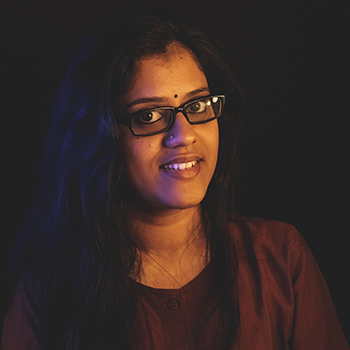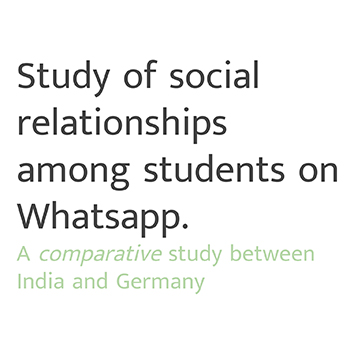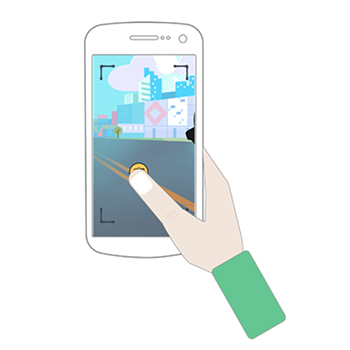The aim of this research is to understand how the communication medium allows for the development of particular patterns in the construction of social bonds among students pursuing technical education. After reviewing some of the current research, we rely on empirical studies of the uses of the mobile phone and mobile instant messaging applications in India to discuss how this particular repertoire of instant messaging relationships has gradually solidified as these technologies have become more widespread and as each additional communication resource has been made available to users. The major purpose of this study is to understand how communication technologies relate to face-to-face interactions from a coexistence and substitutionary angle.
Goffman (1969) makes a distinction between expression and communication. Expression consists of the gestures, signs, vocalisations, noises, and movements produced by individuals, usually involuntarily. These acts remain connected to their sources and have meaning only in their original context. Their meaning is relative to the person who produced them. In opposition, Goffman limits the notion of communication to the use of linguistic signs. In this particular and narrow sense, `communication' is related to symbolic and intentional utterances concerning things, events, or ideas.
In a country like India, students are bound by many social norms and stigmas. This highly influences face-to-face communications, whereas screen-based communication has already broken down huge issues like the opposite gender being able to communicate freely when there is a screen in front of them rather than an actual human [6]. Though this medium was mainly to bridge gaps, students have found their own ways to use it to form social bonds, and this also varies highly with respect to personal friend groups, class groups, family groups, and so on.




